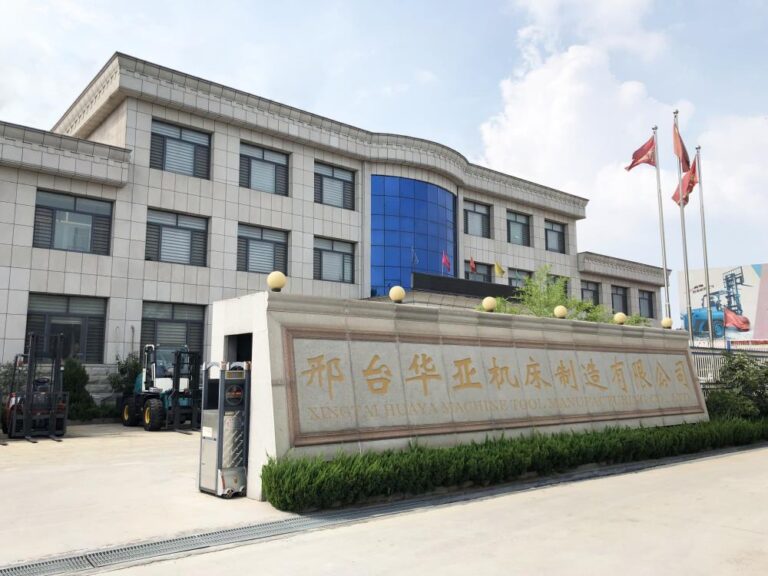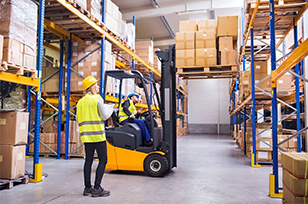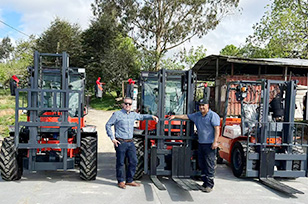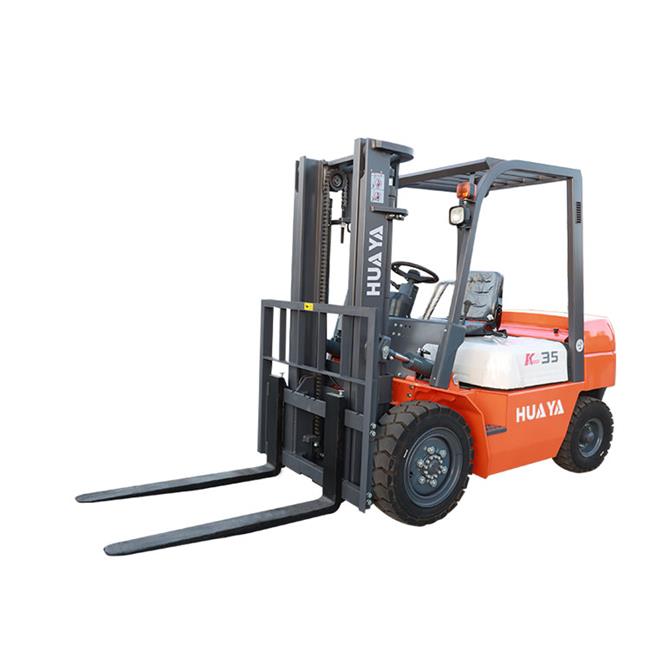How Many Types of Forklifts Are There?
03 Apr 2025
Forklifts are essential machines in various industries, including warehousing, manufacturing, logistics, and construction. They enhance material handling efficiency, improving productivity and safety in the workplace. But how many types of forklifts are there? In this guide, we will explore the different types of forklifts, their applications, and how to choose the right one for your business.
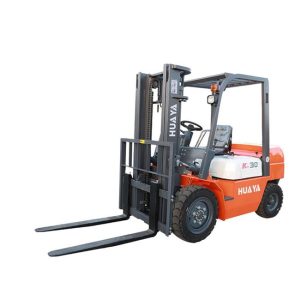
Types of Forklifts
Counterbalance Forklifts
Counterbalance forklifts are the most common type and are widely used in warehouses and distribution centers. They have a simple design with forks extending from the front and a weight at the back to balance heavy loads.
Features:
Available in electric, diesel, or gas-powered models
Ideal for indoor and outdoor use
No extending arms, making them easy to maneuver
Best For: Warehousing, logistics, retail stores, and general material handling.
Reach Trucks
Reach trucks are designed for high-rack storage in warehouses. Their extended reach and compact structure make them perfect for narrow aisles.
Features:
Extendable forks for deep racking
Great maneuverability in tight spaces
Electric-powered for indoor use
Best For: High-density warehouses and cold storage facilities.
Pallet Trucks (Manual & Electric)
Pallet trucks, also known as pump trucks, are used for moving pallets over short distances. They are available in manual and electric versions.
Features:
Compact and lightweight
Low maintenance costs
Ideal for transporting goods within warehouses
Best For: Retail, supermarkets, and small-scale warehouses.
Rough Terrain Forklifts
These forklifts are designed for outdoor use on uneven or rugged surfaces. They have large tires and a powerful engine to navigate tough terrains.
Features:
Large pneumatic tires for stability
High ground clearance
Diesel or gas-powered for maximum performance
Best For: Construction sites, lumber yards, and agriculture.
Order Pickers
Order pickers are specialized forklifts used in fulfillment centers and warehouses for picking individual orders from high shelves.
Features:
Narrow aisle navigation
Lift operators to higher levels
Electric-powered for warehouse efficiency
Best For: E-commerce warehouses and high-rack storage.
Telehandlers (Telescopic Forklifts)
Telehandlers have an extendable boom that provides additional reach, making them ideal for lifting heavy loads to great heights.
Features:
Extendable arm for high-reach applications
Multi-purpose design for lifting and material placement
Can operate with various attachments
Best For: Construction, agriculture, and heavy lifting tasks.
Side Loader Forklifts
Side loaders are forklifts designed to handle long and bulky materials, such as timber and pipes. The forks are located on the side, allowing for easy transport of oversized loads.
Features:
Side-loading capability for long materials
Excellent stability for heavy loads
Electric or diesel-powered options
Best For: Lumber yards, steel industries, and warehouses handling long materials.
Articulated Forklifts
Articulated forklifts, also known as flexi forklifts, have a flexible design that allows them to work efficiently in very narrow aisles.
Features:
Joined mast for easy maneuvering
High storage capacity in tight spaces
Electric-powered for eco-friendly operations
Best For: Narrow-aisle warehousing and high-rack storage.
Industrial Forklifts
Industrial forklifts are heavy-duty machines designed for lifting extremely heavy loads in industrial settings.
Features:
Can lift 13 tons or more
Large frame for heavy-duty tasks
Diesel-powered for maximum strength
Best For: Steel manufacturing, heavy equipment handling, and ports.
How to Choose the Right Forklift
Selecting the right forklift depends on several factors, including:
Work Environment: Indoor (electric forklifts) vs. outdoor (diesel or rough terrain forklifts).
Load Capacity: Consider the weight of materials you need to lift.
Height Requirements: Ensure the forklift can reach the necessary height.
Aisle Width: Narrow aisles require specialized forklifts like reach trucks or articulated forklifts.
Power Source: Electric, diesel, or gas-powered forklifts depending on your operational needs.
FAQ
What is the most common type of forklift?
The counterbalance forklift is the most common type, used in warehouses and distribution centers worldwide.
What is the difference between a reach truck and a counterbalance forklift?
A reach truck is designed for narrow aisles and high racking, whereas a counterbalance forklift is more versatile for general lifting tasks.
Are electric forklifts better than diesel forklifts?
Electric forklifts are eco-friendly, quieter, and ideal for indoor use, while diesel forklifts provide more power for outdoor applications.
Which forklift is best for rough terrain?
Rough terrain forklifts and telehandlers are best for uneven surfaces and outdoor environments.
How do I determine the right forklift size for my needs?
Assess your load weight, lifting height, and work environment before choosing a forklift model.
There are various types of forklifts, each designed for specific applications. Whether you need a compact pallet jack for warehouse operations or a heavy-duty industrial forklift for steel manufacturing, choosing the right type is crucial for efficiency and safety. Consider your work environment, lifting capacity, and maneuverability needs before investing in a forklift.

